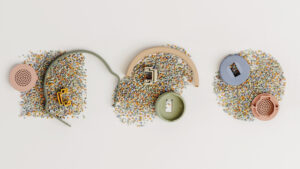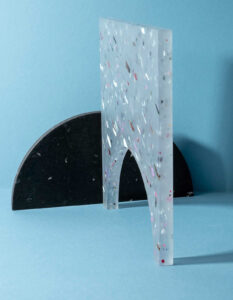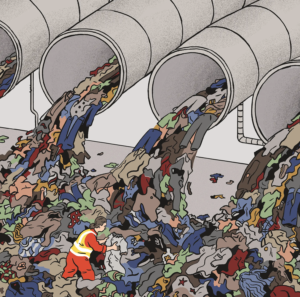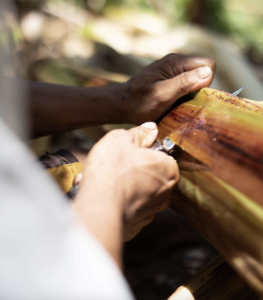Overall I really enjoyed this course. I felt like my ideas were challenged and I came out of it with a different, but more importantly, a better way of thinking about and practicing design. For the final blog post I wanted to look at stakeholders and responsibility as this theme came up more than once throughout the semester.
While the final debate topic was different, the debate framing what role/responsibility designers have in this current day and age felt similar to debate 1 and it affected our argument as the “against” side. As established in debate 1, designers have a diminished ability to affect change within a capitalistic system. This is not always the case but I think that those examples could be classified as outliers and speak more to the fluidity of agency than a move toward real change in the system. The final debate argument phrased the topic as future humans looking back favorably upon “us” as designers which effectively puts the onus back onto a group that was demonstrated early on to not have much control over the system. I think my teammate made an argument tangentially related to this saying that future humans will condemn the policies and institutions as well as designers but this was a difficult position to defend. It is most likely that future generations will condemn this and previous generations as whole with little distinction between who was doing what. I would be satisfied with people looking back favorably on the fact that designers did their best to not exacerbate the current crisis and to push for real change when they could.
In preparing my debate points I was browsing the COP28 website and although the location was a bit incongruous, they mentioned a gathering of people from politicians to scientists. Researching from the perspective of a designer I found that odd that our profession wasn’t mentioned as an integral part of the conference. A quick scan of the Advisory Committee reveals a solid lineup of politicians and business people but very few design industry professionals. My thought on our profession metaphorically is that we act as a bridge between scientists and policy makers. Designers are the only ones who can enact or make real the policies that are created and without us, they will definitely fail.

I appreciated the debate topics as they did broaden my perspective on design as a whole. In the US design disciplines are siloed and interdisciplinary work is viewed skeptically so thinking about problems from the perspective of a furniture designer isn’t terribly helpful until you realize that all design operates from a shared foundation of principles that can be applied to various areas. When dealing with a crisis on the scale of climate change, there needs to be a vast collaboration of shared expertise from across all design fields. Developing a worldwide accepted approach to protect the “sustainability of ecosystems” is an all-hands task (Stoermer and Crutzen 2000, 18). A 2010 report from the UK Design Council called for more eduction in this area in order to begin building this “worldwide consensus” and more locally the multidisciplinary element is why I wanted to be apart of D4C. Hopefully future generations of humans will understand the responsibilities of the key stakeholders and be kind enough to separate those doing the work from those perpetuating the cycle.
Paul J. Crutzen and Eugene F. Stoermer: “The ‘Anthropocene’”, in: Global Change Newsletter, 41 (May 2000): 17-18.














